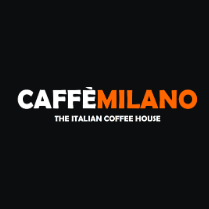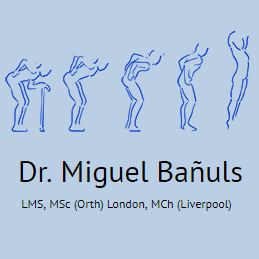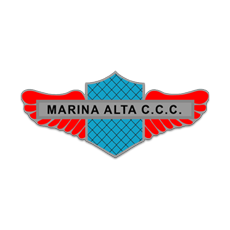Web design SEO seamlessly stitches together aesthetics and functionality, creating a vibrant digital canvas that captivates users while seamlessly guiding them through their online journey. In the ever-evolving landscape of search engine algorithms, it’s paramount to grasp the impact of web design on SEO—this interplay affects everything from loading times to mobile responsiveness. By employing web design best practices, such as incorporating sleek navigation and optimizing images, you enhance not just user experience but also search engine visibility strategies. The fusion of responsive web design SEO ensures your site looks great on all devices, fulfilling Google’s mobile-first mandate. By prioritizing user experience SEO, you not only lower bounce rates but also improve dwell time, paving the way for higher rankings in search results.
When we talk about digital aesthetics, the design of your website is more than just visual appeal; it’s a fundamental component that influences how effectively your site performs in search engines. In essence, the relationship between site architecture and SEO becomes crucial, as top-notch design translates directly into enhanced visibility. Focusing on optimal user engagement and streamlined navigation creates a seamless experience, adhering to essential web design principles. This approach not only captivates visitors but also engages search engines, promoting a healthy interaction through quality content and efficient layout. By blending user-centric design with strategic SEO implementations, you unlock the potential to elevate your online presence and reach wider audiences.
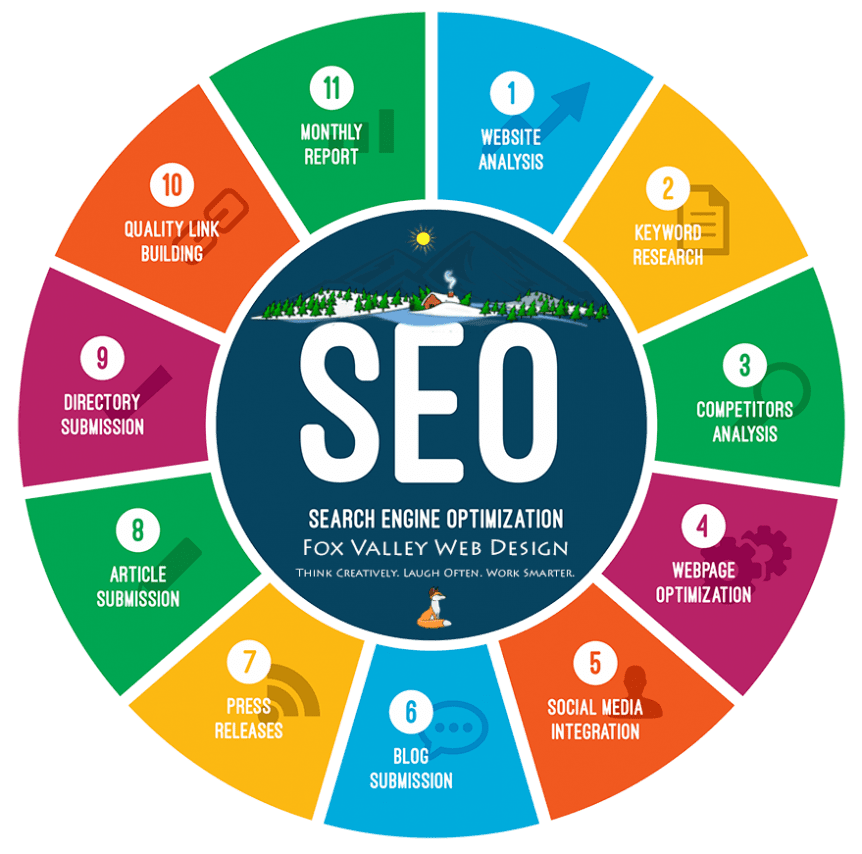
The Harmony of Design and SEO
In the intricate dance of web design and SEO, every button, color, and font choice can create ripples across the digital landscape. A seamless blend of aesthetics and functionality invites users into a space where they feel both seen and understood. When web designers curate their creations with the essence of SEO in mind, it transforms the entire user experience. These well-crafted spaces are not just meant for visual pleasure; they are the canvases where engagement occurs, informing search engines that this is a site worth visiting.
Moreover, embarking on this journey requires awareness of the parameters that dictate how a website is received by search engines. Designers must consider elements like loading speed and mobile optimization, intertwining these with the artistic aspects of the layout. The result? A site bursting with both beauty and performance, ensuring that each visit leaves an indelible impression, ultimately enhancing its standing in the competitive world of search results.
Building Bridges with User Experience
User experience (UX) can be likened to a finely tuned instrument, harmonizing the elements of web design to create a symphony that resonates with visitors. A website that fosters a soothing experience melds aesthetic appeal with intuitive navigation, leading users into a labyrinth where delight awaits. In this realm, every click can uncover new pathways as users traverse through content that feels personal and tailored to their needs.
However, it is essential to remember that while a pleasant UX enchants users, it also whispers to search engines about the quality and relevance of the site. Metrics such as lower bounce rates and longer dwell times serve as indicators of a successful design, helping to elevate the site’s rank organically. Thus, by prioritizing user experience, web designers not only craft spaces for interaction but also pave the way for greater visibility across search platforms.
The Power of Optimization
In the grand tapestry of web design, optimization emerges as a recurring motif—a thread that binds UX with the vital elements of SEO. Page speed acts as the heartbeat of a website; without it, the rhythm falters, and users may dart away as quickly as they arrived. Quick-loading pages are akin to invitations into a cozy café, where patrons are welcomed warmly without the sting of impatience. To achieve this, designers can embrace practices such as image compression and strategic use of caching, crafting a hassle-free browsing experience.
Additionally, one cannot overlook the importance of structured content in fostering readability. Semantic HTML supports a visibly organized theme, allowing search engines to navigate through the rich landscape of information. Enabling insightful engagements, this structured synergy not only enhances user comprehension but also amplifies the site’s discoverability. After all, a well-optimized website is a celebration of both design elegance and the unyielding pursuit of visibility in the digital sphere.
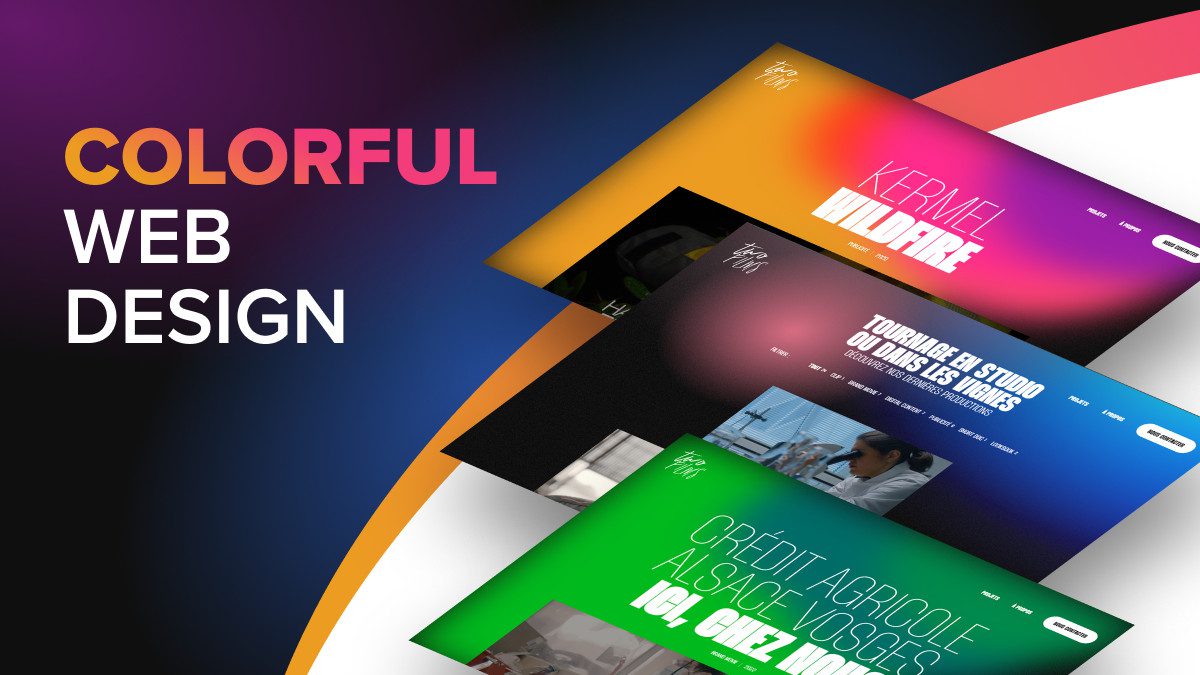
In Summary: Web Design and Its SEO Significance
In the grand tapestry of the digital world, where websites are the storefronts of ideas and services, the intricate relationship between web design and SEO weaves a narrative of success or obscurity. The design of your website should transcend mere aesthetics; it must be a symphony of user experience, swift page speeds, and strategic content alliances. This harmonious integration not only elevates user satisfaction but sings sweet melodies to search engines, guiding them to recognize and rank your pages favorably. As we’ve explored, the dance between visual allure and functional integrity is where the magic lies—turning casual visitors into loyal patrons.
To encapsulate, the following strategies are essential to enhance visibility through better design:
– Ensure a seamless user experience that captivates and retains visitors.
– Optimize for mobile responsiveness to cater to the on-the-go audience.
– Emphasize page speed to avoid frustrating users while favoring search engine rankings.
– Incorporate schema markup to enrich search results with relevant snippets.
– Design for accessibility, reaching users across a broader spectrum.
Together, these elements sculpt a website that not only attracts attention but also encourages interaction, creating a valuable digital presence.
Final Thoughts: Engaging Users Through Design and SEO
As we draw the curtains on our exploration of web design and its profound impact on SEO, it becomes clear that effective strategies are the bedrock of online visibility. Building a website is akin to crafting a masterpiece; every detail matters—from the structure and layout to the images and navigational paths. Inviting users to engage and interact with a thoughtfully designed site is essential, for the online realm is crowded and competitive. Your design should be a beacon, illuminating the pathway for users and search engines alike, reinforcing their trust in your brand.
Reflecting on the strategies discussed, remember to:
– Conduct regular audits to identify areas for improvement.
– Keep mobile optimization at the forefront of design considerations.
– Utilize performance tools to maintain swift loading times.
– Organize content with clarity and purpose, ensuring that it resonates.
– Analyze user behavior continuously to refine and adapt your approach.
In this digital odyssey, let your creativity flourish alongside strategic thinking, ensuring your website shines brightly in the ever-evolving online landscape.







